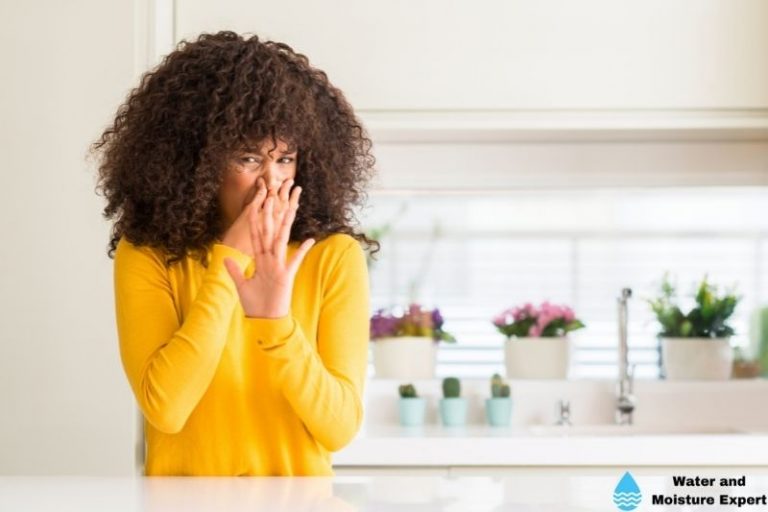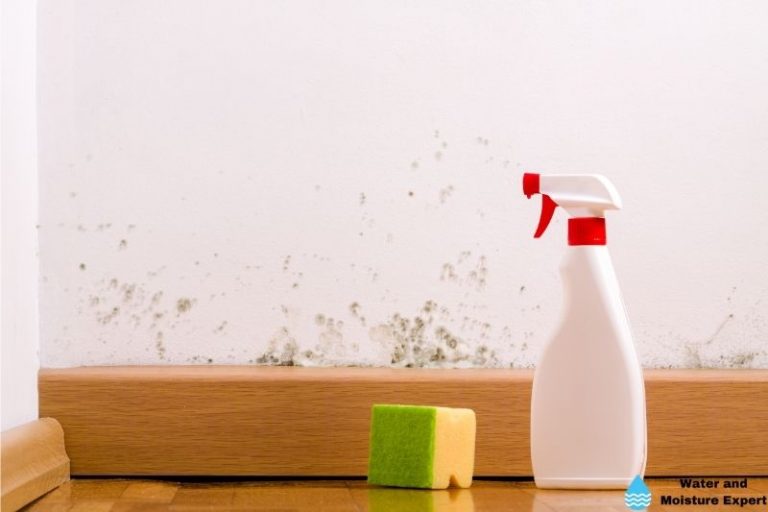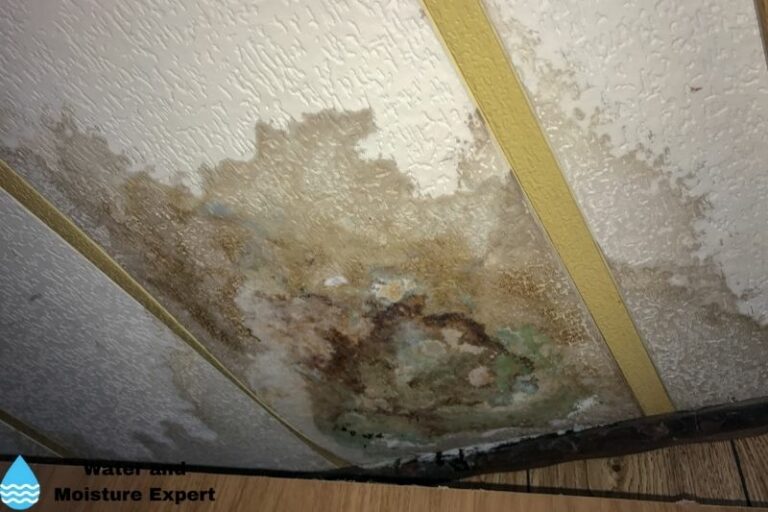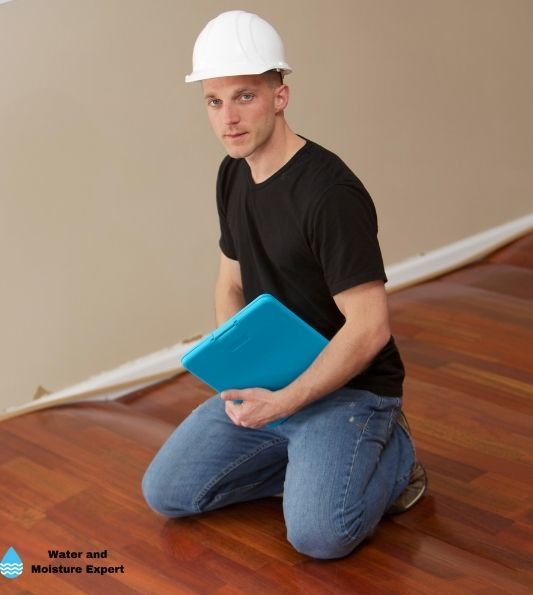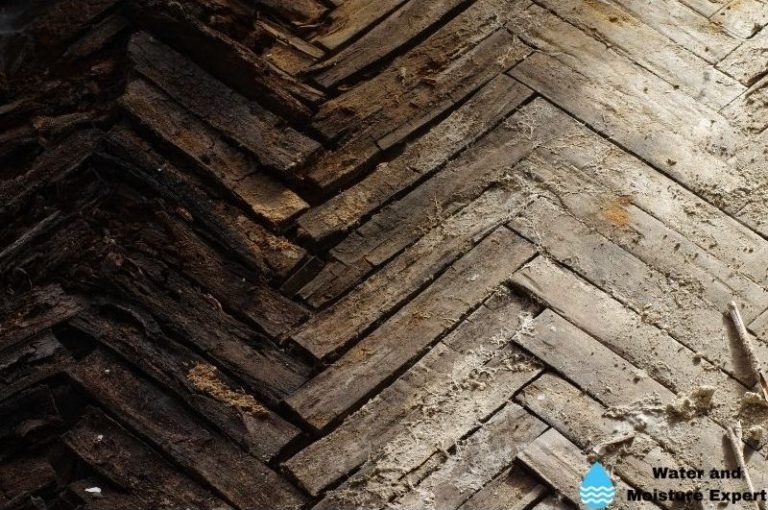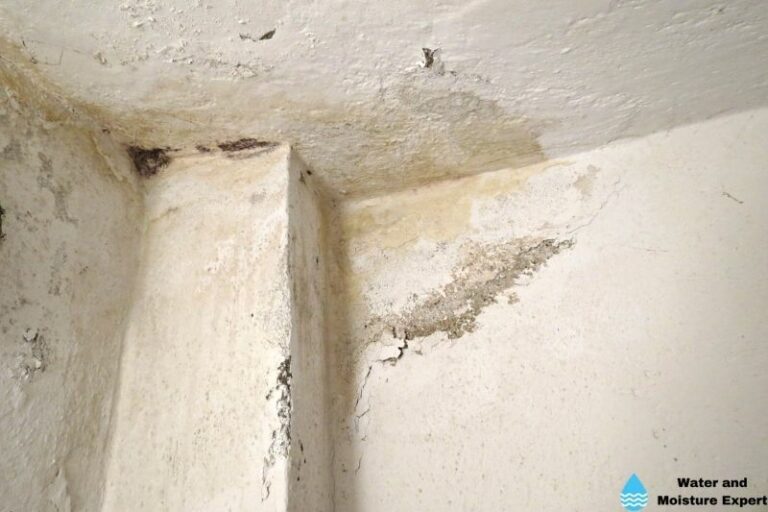How to remove water from your carpet. What pros say
If you’ve ever spilled water on your carpet, you know how frustrating it can be to get it all out. Not only does the water leave a mess, but it can also cause your carpet to become wet and damp, which can lead to mold and other problems. Removing water from your carpet can be a challenging process. You can do the entire cleaning process yourself or hire a professional.
How to remove water from your carpet
Removing water from your carpet is essential to prevent mold. First, remove all the standing water with a sump pump or shop vacuum. Remove the furniture, and use towels to remove the water that is soaked into the carpet. Remove the moisture using a suitable method, and clean and sanitize the carpet.
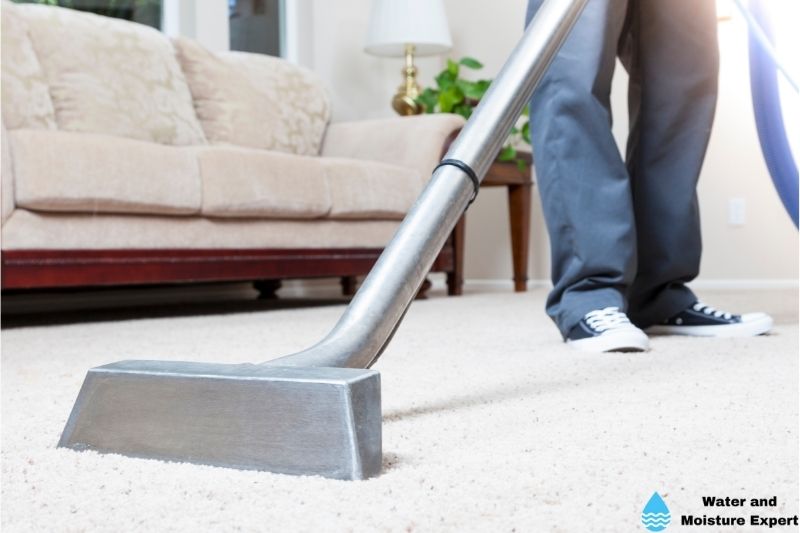
In this article, I will show you how to remove water from your carpet using a few simple techniques and answer some frequently asked questions.
Contents
- 1 How to remove water from your carpet
- 2 How to get water out of carpet after flooding?
- 3 How do you get old brown water stains from a carpet?
- 4 Is carpet ruined if it gets wet?
- 5 How long can you leave wet carpet?
- 6 How do you get standing water out of carpet?
- 7 How do you get water stains out of carpet padding?
How to remove water from your carpet
When water is spilled on your carpet, the fibers can become saturated, and the weight of the water can cause the carpet to buckle. If left untreated, the water can damage the carpet and create a breeding ground for mildew and mold.
Follow the below steps to remove the water immediately you notice your carpet is wet:
● Step 1: Remove the standing water
The first step is to remove the standing water. There are different equipment you can use for the procedure. If the amount of water is limited, you can use a floor squeegee to move it to the outside.
If the amount of water is more significant, or you can not move it outside with a floor squeegee, you can use a submersible pump or a shop vacuum. With both, you can remove a significant amount of water.
● Step 2: Remove all furniture from the carpet
When the standing water has been removed, it is time to remove all furniture from the carpet. Move it to a safe location, where it can dry.
When the furniture is removed, it is time to check if the carpet can be removed easily. If this is possible, I recommend doing this. You can then move it outside and let the sun dry it, or move it to a garage or other large room. Without the carpet, the subfloor can dry much faster.
● Step 3: Use an absorbent towel
If the carpet is clear from furniture, the next step is to remove as much water that is socked into the carpet. Use an absorbent towel or a large sponge to soak up as much water as possible. Place and press the towel to ensure on the carpet and press it down. You can also stand on it to squeeze as much water out of the carpet. I recommend asking a professional for help if there is still a lot of water after using the absorbent towel.
● Step 4: Fully dry the carpet
When as much water has been removed with the help of the towels, the next step is to remove any remaining moisture. Ventilation is key for this. Open windows and doors, and use fans to increase the airflow further. Use as many strong fans as you can. If you have an air conditioner system, you can use this to remove the moisture as well.
Another method to increase the speed of the drying process is to use a dehumidifier. I always recommend renting commercial dehumidifiers as they can remove a lot more water per hour than a residential dehumidifier.
A dehumidifier pulls in the moisture from the air and dries it out to release dry air back into the room. When used with a fan, this can be highly effective at drying out the drywall quickly.
For local hotspots, you may use a hairdryer. Hold the hair dryer a few inches from the carpet and move back and forth for the best results.
Whatever method you use, it can take quite some time to remove the moisture. When the top of the carpet looks dry, it does not mean the bottom part, the padding, or the subfloor is. Before returning the furniture, ensure that all the moisture has been removed.
● Step 5: Replace the Carpet padding if needed
Water damage may destroy the carpet padding. If the carpet’s padding does not dry completely, it can mold growth that will destroy the carpet. It might be difficult to salvage the carpet padding if the water damage was extreme. Try to lift part of the carpet to check the padding. If it looks bad, I recommend replacing it.
● Step 6: Clean and sanitize the carpet
When all the moisture is removed, it is time to clean the carpet. You can rent a carpet cleaning machine or ask a carpet cleaning company to do this. Cleaning will help against mold and mildew.
How to get water out of carpet after flooding?
A leak, a pipe burst, or another plumbing issue can lead to your room flooding. This will mean that the carpet will be soaked with water. To ensure that there will be no mold growth, you need to get the water out of the carpet as soon as possible. After identifying the cause of flooding and stopping it, dry your carpet using the following steps:
● Step 1: Remove the standing water
Use a sump pump or shop vac to remove as much water from your carpet as possible. I recommend first extracting as much water as possible with the sump pump. This followed by using the shop vac to remove any remaining visible water.
If you do not have a sump pump or a shop vac, you can use a floor squeegee to move the water through a door. That will only work if the threshold is low enough. You can also use big towels and a big sponge to remove the water.
● Step 2: Move all furniture
Heavy furniture may make it challenging to spot water damage as they cover it up. Move all the furniture and inspect the place to note any wet areas. Check for dampness on areas that were initially covered by the furniture.
● Step 3: Remove the carpet
If you can remove the carpet, I recommend doing this. In that case, move it outside to let it dry in the sun. Or bring it to your garage or other suitable room. Try to separate it from the carpet padding. When the carpet is removed, you can let the substrate dry separately.
● Step 4: Remove the moisture
When the standing water is removed, the next step is to dry the carpet. Open doors and windows to improve ventilation. Use fans to get a large airflow through the room. Use how power fans for the best result, or rent professional ones.
To speed up the drying process, you can also use your air conditioner if you have one. Or use a dehumidifier. You can rent a professional one at many locations.
● Step 5: Clean and sanitize the flooded areas
When the moisture has been removed, it is essential to clean and sanitize all the regions dampened by water to prevent mold growth. Even if the flooding was caused by clean water, sanitize anything that came into contact with the water. Clean the surface using soap and water, or use a water and bleach solution to deep-clean the surface.
How do you get old brown water stains from a carpet?
You may notice old brown stains on your carpet that can be challenging to remove. The brown water stains could be from spills left to dry or moisture in the carpet that absorbs dirt and brings it to the surface.
You will require a powerful cleaning solution to remove old brown stains from your carpet. The steps below will be helpful to remove any brown stains on your carpet.
● Step 1: Dish detergent
It would be best if you use an empty spray bottle. Pour water into the spray bottle and some strong dish detergent. Let the detergent get absorbed into the water. This will help remove any stains, including those related to dirt and moisture.
● Step 2: Spray the detergent
Holding the bottle several inches above, spray its contents into a soft cloth. Let the liquid mist softly over the fibers of the cloth.
● Step 3: Damp the stains
Using the cloth, damp the stains on the carpet gently until the liquid is absorbed by the stain and begins to break up. Once you notice the stain has loosened, dab it with a dry section of the cloth you are using. Repeat this step until the stain vanishes. Avoid rubbing the stain as this will cause it to spread.
● Step 4: Damp with clean water
Using another soft cloth, dampen it in clean water and use it to dab your carpet to remove any detergent that could have been left behind. You can use another spray bottle to mist water on the second cloth, and clean the fibers without soaking them.
● Step 5: Dry the carpet
Dry your carpet. On the damp spot, place a stack of absorbent paper towels and place a heavy object on top of them to ensure they weigh down into the carpet. Leave the absorbent paper towels overnight. To remove as much moisture as possible, increase the ventilation by opening doors and windows and using fans to increase the airflow. Another method to remove moisture is to use a dehumidifier. Removing moisture takes time.
● Step 6: Baking soda
The last step is to use some baking soda to absorb any remaining moisture. Sprinkle it over the stain to allow absorption moisture that may resurface. The baking soda will also help restore a pleasant smell to your carpet. Vacuum the area after two to three hours.
Is carpet ruined if it gets wet?
Generally, carpets can be salvaged after water damage. Having experienced water damage does not mean you should replace your carpet immediately. Proper drying and cleaning can restore your carpet to its original look. But speed is essential. Under ideal conditions, mold can already form after 24 to 48 hours. If you are unsure how to do this, ask a professional for help.
In some cases restoring your carpet can be challenging depending on the level of flooding. If the flooding resulted from contaminated water, discarding the carpet would be the best option. Consequently, if the carpet is wet from a sewage burst, you may also want to dispose of it. This is because of the hazardous microorganisms that may be present.
How long can you leave wet carpet?
In general, if your carpet is wet, it is essential to start drying it as soon as possible. Mold may start to grow within 24 to 48 hours under ideal conditions after your carpet gets wet, and in most cases, this will take longer, depending on the moisture level and temperature.
When a carpet is wet, it will start to see microbial growth after 24 hours. This will often result in an unpleasant smell. When the carpet has been wet for an extended time, it can also develop carpet buckles or rippling.
How do you get standing water out of carpet?
There are several methods to remove standing water from your carpet. If the amount of water is limited, you can use a floor squeegee to move it to the outside. This will only work when you have a door to the outside with a low threshold.
If the amount of water is more significant, or you can not move it outside with a floor squeegee, you can use a submersible pump or a shop vacuum. A sump pump will work best when there is a lot of water. A shop vacuum will suck up the water in a container. A combination of both is what I recommend. First, remove as much standing water with the sump pump, and remove the remaining water with the shop vacuum.
If you do not have a sump pump or shop vacuum, you can also dry standing water with towels and sponges. Spread the towels until they are completely saturated. Squeeze the towels outside, or replace the soaked towels with dry ones. Repeat this until the carpet is dry.
How do you get water stains out of carpet padding?
When cleaning your carpet, you may quickly forget the carpet padding, especially after water spills on your carpet. Like the carpet itself, Carpet padding needs to be cleaned to prevent mold growth.
To get water stains out of the carpet padding, you can use the following steps:
● Step 1: Remove the carpet above
As the carpet padding is underneath the carpet, the first step is to remove the above carpet above it.
● Step 2: Vacuum the carpet padding
When the carpet padding is visible, the first step in removing water stains is to vacuum the carpet to remove dust, debris, and surface dirt.
● Step 3: Make the cleaning solution
To make the cleaning solution, use a small container and fill half with white vinegar and the other half with warm water. Add two tablespoons of table salt and mix it thoroughly.
● Step 4: Use a sponge with the cleaning solution
Dampen a sponge gently with the cleaning solution, and rub it on the water stains. Give the cleaning solution a little bit of time to do its work. Repeat this until the stains are removed. When gone, give the carpet padding time to dry completely. Vacuum any salt residue off the carpet padding and repeat the process if the water stains are visible again after drying.

